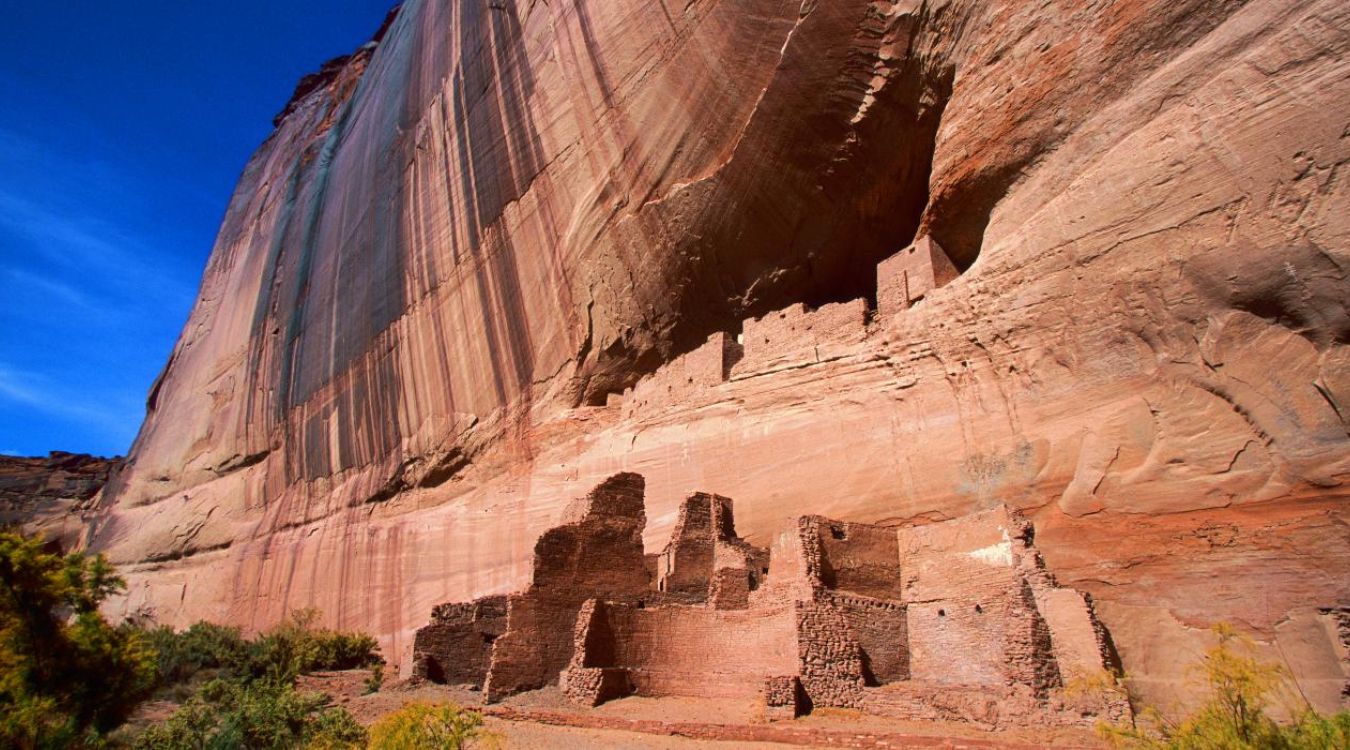Sacred Indigenous Vision Sites In Canyon De Chelly

Have you ever wondered about the sacred Indigenous vision sites in Canyon de Chelly? This stunning canyon, located in northeastern Arizona, holds deep spiritual significance for the Navajo people. For centuries, it has been a place where they connect with their ancestors and seek guidance through visions. The towering sandstone cliffs and ancient ruins create a mystical atmosphere that captivates visitors. Exploring these sacred sites offers a unique glimpse into the rich cultural heritage of the Navajo Nation. Whether you're a history buff or a nature lover, Canyon de Chelly promises an unforgettable experience filled with awe and reverence.
Sacred Indigenous Vision Sites in Canyon de Chelly
Canyon de Chelly, located in northeastern Arizona, is a place of immense natural beauty and deep cultural significance. For centuries, it has been home to the Navajo people, who regard it as a sacred land. Within this canyon lie several vision sites, places where spiritual and cultural practices have been carried out for generations.
Ancient Cliff Dwellings
The canyon walls are adorned with ancient cliff dwellings, remnants of past civilizations. These structures offer a glimpse into the lives of the Ancestral Puebloans who once inhabited the area.
White House Ruin: Named for the white plaster that once covered its walls, this site is one of the most accessible and well-preserved ruins in the canyon. It provides a fascinating look into the architectural skills of the Ancestral Puebloans.
Antelope House: This ruin gets its name from the antelope paintings found on its walls. It is believed to have been a significant ceremonial site for the ancient inhabitants.
Petroglyphs and Pictographs
The canyon is also home to numerous petroglyphs and pictographs, ancient rock art that tells stories of the past. These images are sacred to the Navajo people and hold deep spiritual meaning.
Spider Rock: This towering sandstone spire is not only a natural wonder but also a sacred site. According to Navajo legend, Spider Woman, a key deity, lives atop this rock. Petroglyphs near the base depict her story.
Mummy Cave: Named for the mummified remains found here, this site features intricate rock art that dates back centuries. The images provide insight into the spiritual beliefs of the canyon's early inhabitants.
Sacred Springs and Waterfalls
Water sources within the canyon are considered sacred, providing life and sustenance to both people and wildlife. These springs and waterfalls are often sites of spiritual rituals.
Sliding Rock Falls: This waterfall is not only a beautiful natural feature but also a place of spiritual significance. Navajo ceremonies are often conducted here, honoring the life-giving properties of water.
Tsegi Overlook Spring: This spring is a vital water source and a sacred site. It is believed to be a place of healing and spiritual renewal for the Navajo people.
Vision Quest Sites
Vision quests are spiritual journeys undertaken to seek guidance and insight. The canyon has several locations where these quests are traditionally carried out.
Massacre Cave: Despite its grim name, this site is a place of reflection and spiritual seeking. It is believed that vision quests conducted here connect individuals with their ancestors.
Junction Ruin: Located at the confluence of two canyons, this site is ideal for vision quests. The meeting of the canyons symbolizes the convergence of spiritual paths.
Conclusion
Canyon de Chelly is more than just a stunning landscape; it is a place of profound spiritual significance. The sacred vision sites within the canyon offer a unique window into the cultural and spiritual practices of the Navajo people and their ancestors.
Embracing the Spirit of Canyon de Chelly
Canyon de Chelly offers a profound connection to the sacred Indigenous vision sites. These places hold deep spiritual significance for the Navajo people. Exploring the canyon, you can feel the history and culture that have shaped this land for centuries. The towering sandstone cliffs, ancient ruins, and petroglyphs tell stories of a rich heritage. Respecting these sites is crucial, as they are not just tourist attractions but sacred spaces. By visiting with reverence, you honor the traditions and beliefs of the Navajo. This experience can be transformative, offering a glimpse into a world where nature and spirituality intertwine. Whether you're hiking, taking a guided tour, or simply reflecting on the beauty around you, Canyon de Chelly invites you to connect with something greater. Embrace this opportunity to learn, respect, and grow.

